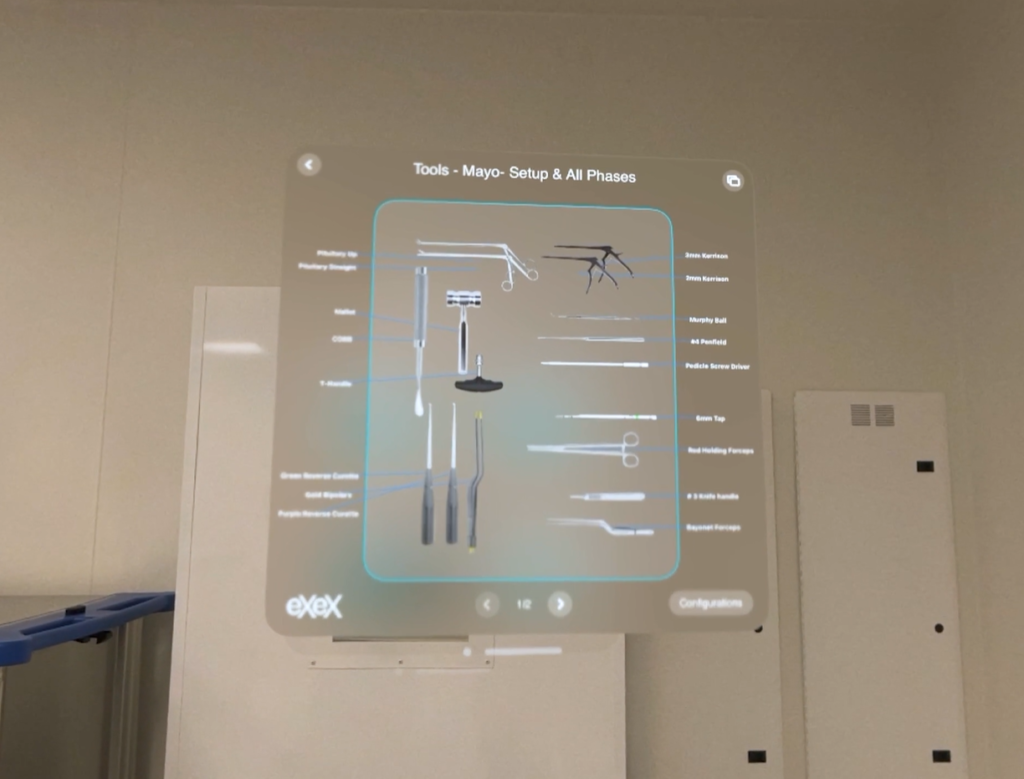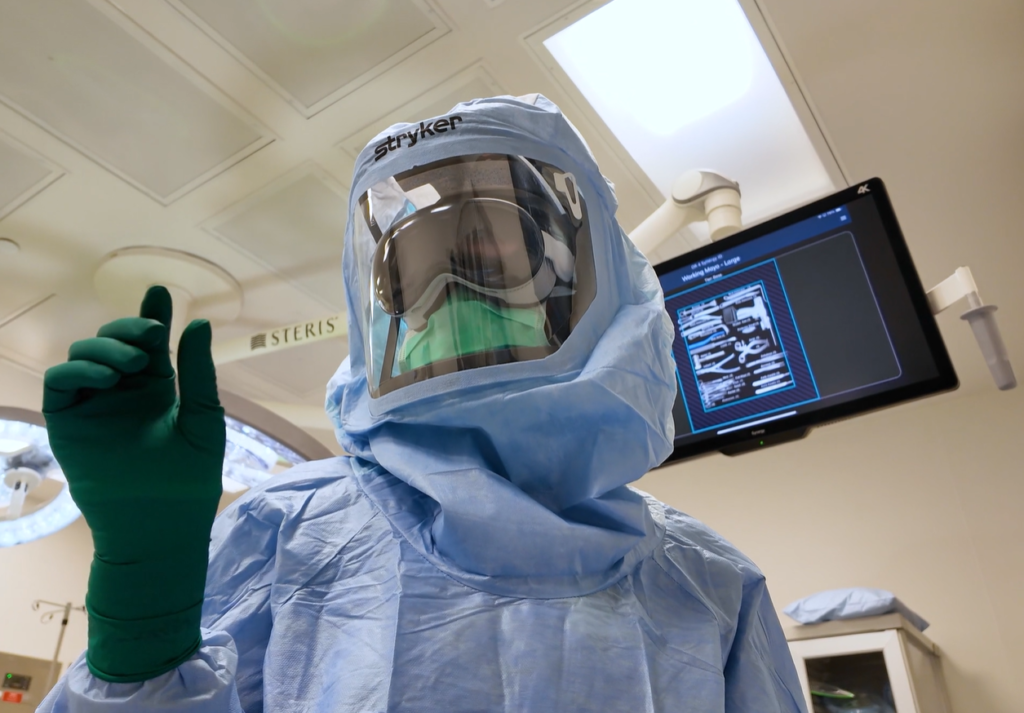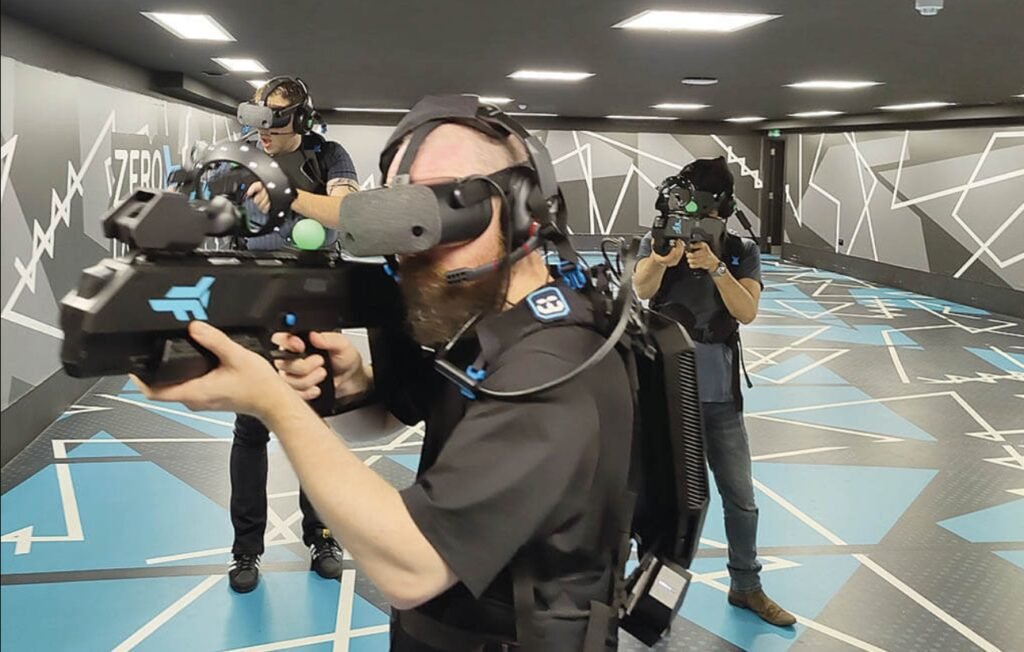While Apple’s Vision Pro headset might not be flying off the shelves with consumers in China following its launch, it appears to be carving out a significant – and perhaps surprising – niche in the country’s high-tech medical sector. Reports indicate Chinese surgeons are increasingly leveraging the spatial computing device for complex procedures, suggesting strong potential in specialized enterprise applications even as mainstream adoption remains slow.
Pioneering Surgeries Assisted by Vision Pro

Several prominent Chinese hospitals have recently showcased their use of the Apple Vision Pro in groundbreaking surgeries:
- World First in Colorectal Surgery: In April, Dr. Xie Zhongshi’s team at the Third Hospital of Jilin University (Jida Sanyuan) reportedly completed the world’s first Vision Pro-assisted laparoscopic sigmoid colon cancer resection. The hospital highlighted the headset’s benefits: providing a high-definition, large field-of-view of anatomical details, offering real-time navigation and guidance to improve precision and safety, and enabling real-time recording for remote teaching – potentially ushering in an era of “display-less” laparoscopic surgery.
- Thoracic Surgery Breakthrough: At Peking University People’s Hospital in May, Dr. Gao Jian performed the first Vision Pro-assisted thoracoscopic lung cancer surgery. Dr. Gao noted the advantage of having all necessary information (like CT scans or patient data) clearly displayed within the headset, accessible via non-contact eye, hand, or voice commands, significantly boosting surgical efficiency and safety. The hospital emphasized the seamless integration of digital content into the real-world view, offering surgeons a clear, lag-free perspective.
- Enhanced Precision in Plastic Surgery: More recently, Dr. Zhang Shangfeng’s team in Chengdu completed Southwest China’s first Vision Pro-assisted nasal revision surgery. They reported improved doctor-patient communication pre-op and enhanced surgical precision by combining digital medical data with the endoscope view. This expanded visual field helps overcome traditional blind spots, leading to smoother procedures and potentially higher patient satisfaction, according to Dr. Zhang.
This trend isn’t limited to China. The report also mentions a Brazilian orthopedic surgeon successfully using Vision Pro for a rotator cuff repair, praising the “movie screen” resolution and the ability to view patient data and 3D models in real-time during the procedure.
Beyond Apple: Domestic MR Headsets Also Enter the OR

It’s not just Apple’s hardware making inroads. Recently, Dr. Jin Yun at Yunnan Provincial First People’s Hospital performed China’s first liver tumor resection assisted by a domestically produced MR (Mixed Reality) headset. Dr. Jin highlighted similar benefits: reducing the need to switch between multiple monitors, having all critical patient data readily available within the headset, and improving efficiency and precision. Notably, this MR technology reportedly allowed the procedure to be done with only one incision instead of the traditional three, significantly enhancing safety.
Why XR is Gaining Traction in Healthcare
The increasing use of XR (Extended Reality) headsets like Vision Pro in medicine stems from several key advantages outlined in the report:
- Enhanced Visualization: Providing surgeons with unprecedented, immersive views for simulations, anatomy study, pre-operative planning, and identifying critical structures during live surgery.
- Improved Precision & Safety: Enabling precise surgical planning, accurate lesion targeting, and real-time display of patient vitals and surgical progress.
- Advanced Training & Education: Offering realistic, interactive virtual environments for medical students and surgeons to practice procedures without risk, alongside facilitating remote teaching and knowledge sharing.
- Better Patient Communication: Allowing doctors to visually explain conditions and treatment plans more effectively, potentially reducing patient anxiety and improving understanding.

Broader B2B Potential for XR
While healthcare provides compelling use cases, the report emphasizes that XR’s potential extends across various B2B/enterprise sectors:
- Manufacturing: Assisting engineers with design, providing new perspectives for technicians, and enabling remote collaboration.
- Education: Creating immersive learning environments and virtual labs.
- Retail: Offering virtual try-on experiences.
- Tourism: Providing virtual travel previews.
- Corporate Training: Delivering engaging, skill-based training modules.
The Takeaway: Although Apple Vision Pro might face challenges in the broad consumer market, its adoption within China’s demanding medical field highlights the significant value proposition of advanced XR headsets in specialized, high-stakes professional environments. This trend suggests that the enterprise sector could be a crucial growth area for spatial computing technology, even as consumer uptake takes time to mature.



